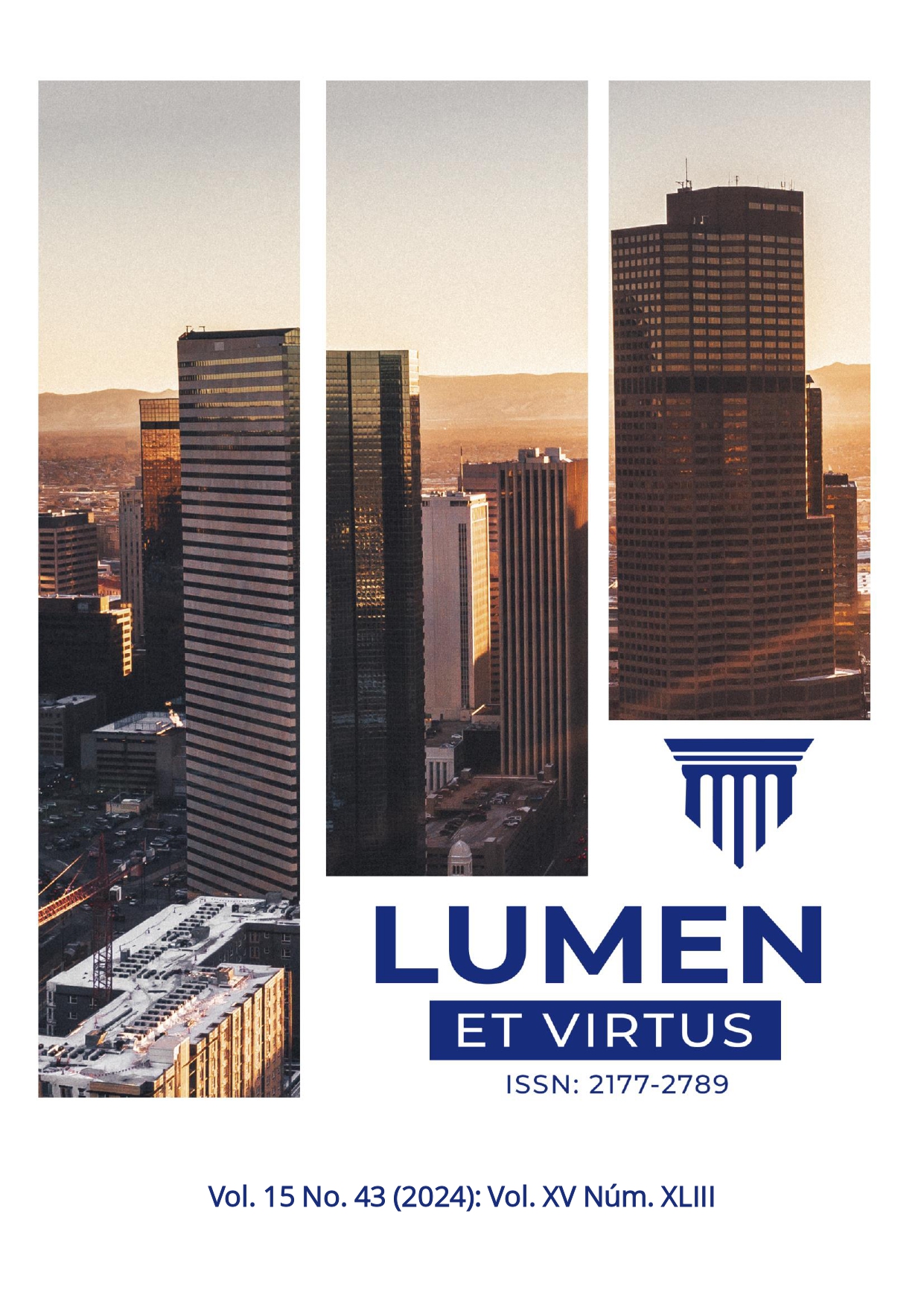GAMIFICAÇÃO NO ENSINO FUNDAMENTAL: UMA FERRAMENTA PARA O ENGAJAMENTO DOS ESTUDANTES
DOI:
https://doi.org/10.56238/levv15n43-027Palabras clave:
Gamificação, Ensino, Motivação, Desenvolvimento Cognitivo, Metodologia AtivaResumen
O presente estudo investigou como a gamificação tem sido utilizada no ensino e quais os principais desafios e benefícios percebidos em sua aplicação no contexto educacional. O objetivo geral foi analisar as concepções, desafios e benefícios da gamificação no ensino, com foco nas práticas pedagógicas do ensino fundamental e superior. A metodologia adotada foi uma revisão bibliográfica, com análise qualitativa de artigos, dissertações e teses relacionadas ao tema. Os resultados indicaram que a gamificação, quando utilizada de modo adequado, aumentou o engajamento e a motivação dos alunos, além de contribuir para o desenvolvimento de habilidades cognitivas e sociais. No entanto, desafios como a falta de infraestrutura tecnológica e a resistência de alguns professores foram identificados como obstáculos para a sua implementação. As considerações finais sugeriram que a gamificação tem potencial para transformar as práticas pedagógicas, mas a adoção em larga escala depende de investimentos em tecnologia e capacitação docente. Foi ressaltada, ainda, a necessidade de novos estudos que possam complementar os achados e explorar o impacto a longo prazo da gamificação em diferentes contextos educacionais.





